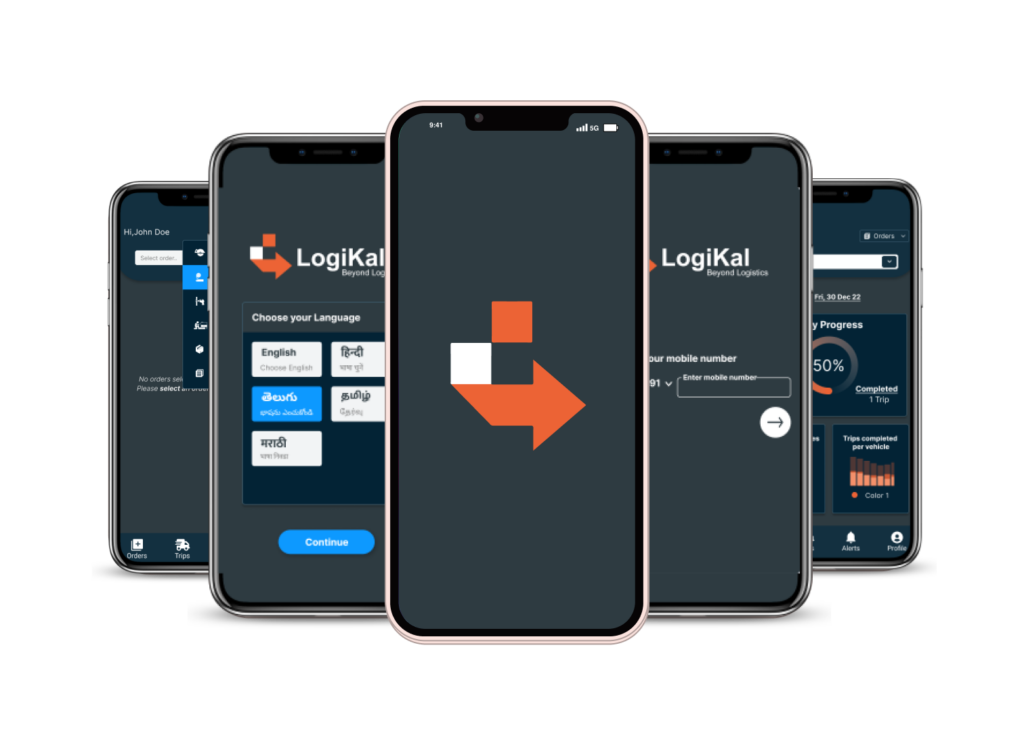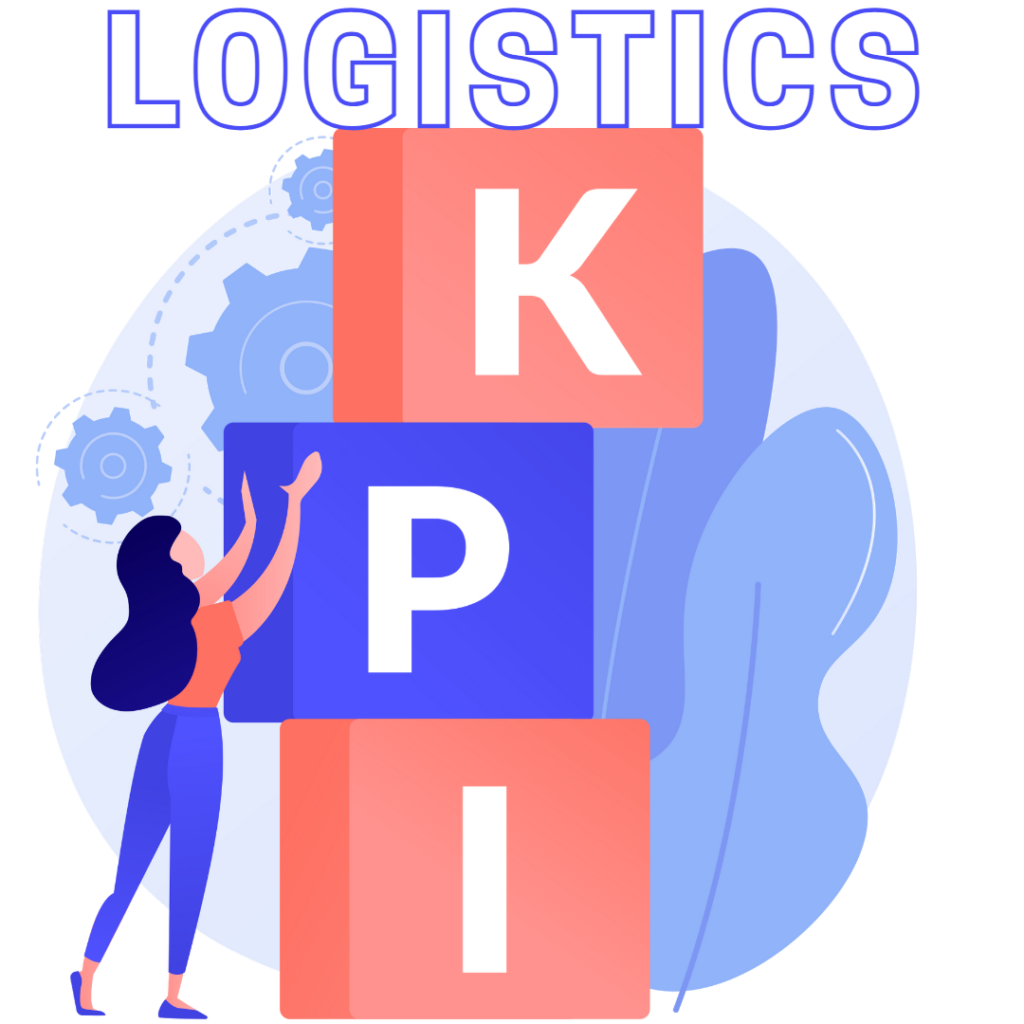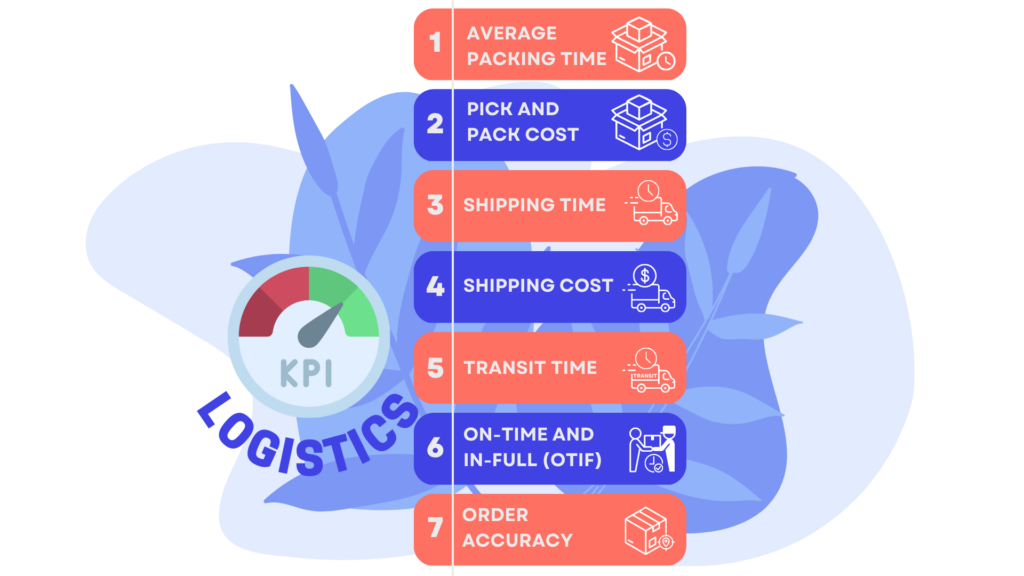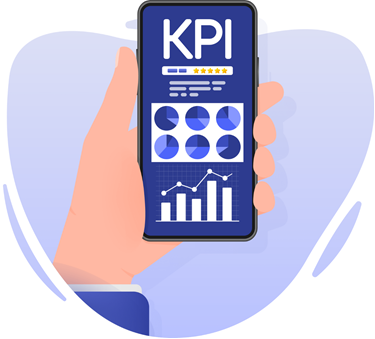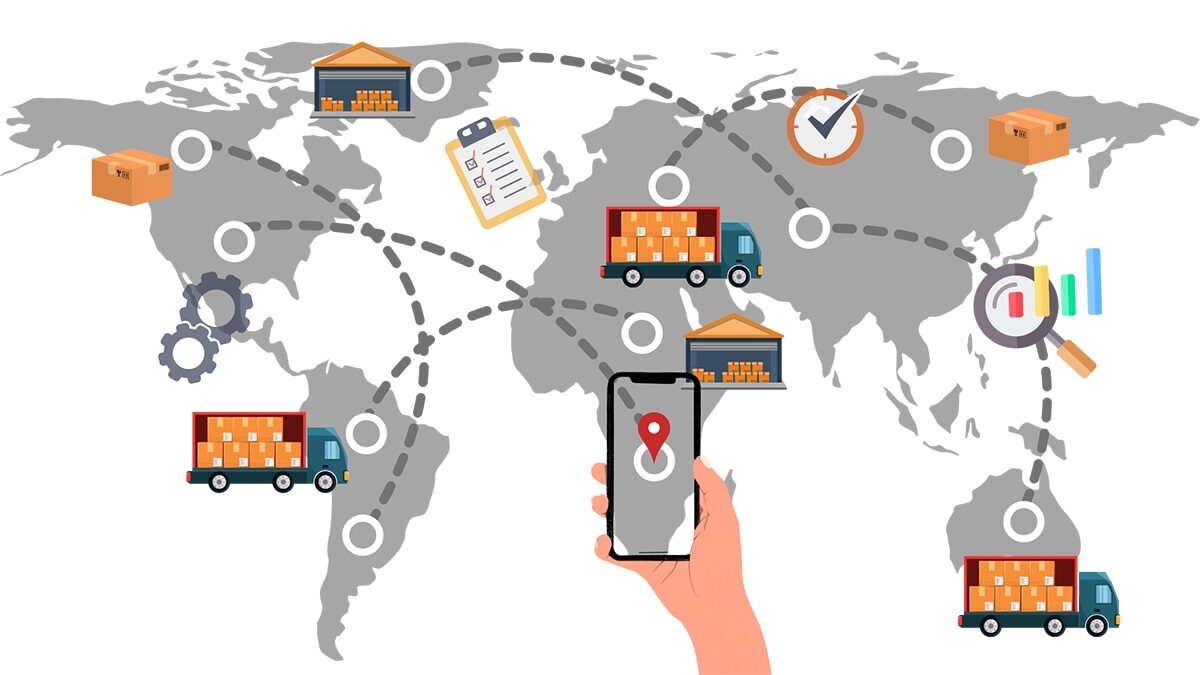Why is logistic visibility important?
In today’s fast-paced and ever-changing business environment, logistic visibility has become critical for businesses to succeed. This refers to the ability of businesses to track and monitor their goods as they move through the supply chain, from the manufacturer to the end customer. This level of transparency not only enhances the customer experience, but also provides businesses with the insights they need to optimize their operations and make informed decisions.
Here are some key reasons why logistic visibility is critical for businesses to succeed:
- Improved Customer Experience: With logistic visibility, businesses can provide their customers with real-time updates on the status of their orders, including tracking information and delivery times. This level of transparency can help build customer trust and loyalty, as it enables them to make informed decisions and plan accordingly. In addition, it can help reduce customer service inquiries, as customers are able to track their own orders.

- Enhanced Efficiency: By having real-time access to logistics data, businesses can make better decisions about inventory management, production planning, and transportation. This helps them to optimize their operations, reduce waste, and improve efficiency, ultimately leading to cost savings and higher profits. For example, if a business can see that there are delays in shipping, they can adjust their production schedule or reroute shipments to ensure that they meet customer demand.

- Supply Chain Resilience: The COVID-19 pandemic has highlighted the importance of supply chain resilience. Businesses that have a clear view of their supply chain can quickly identify potential disruptions and take proactive steps to mitigate them. This might involve sourcing from different suppliers, changing transportation routes, or increasing inventory levels. By having the ability to quickly respond to disruptions, businesses can maintain continuity of operations and minimize the impact on customers.

- Improved Collaboration: Logistic visibility also facilitates better collaboration between businesses and their supply chain partners. By sharing data and insights, businesses can work together to identify and address inefficiencies and improve overall supply chain performance. This can lead to better relationships, increased trust, and ultimately, a more competitive and profitable supply chain.

In conclusion, logistic visibility is critical for businesses to succeed in today’s fast-paced and competitive environment. It provides businesses with the data and insights they need to make informed decisions, optimize their operations, and improve customer satisfaction. By investing in logistic visibility, businesses can improve their bottom line and ensure long-term success



